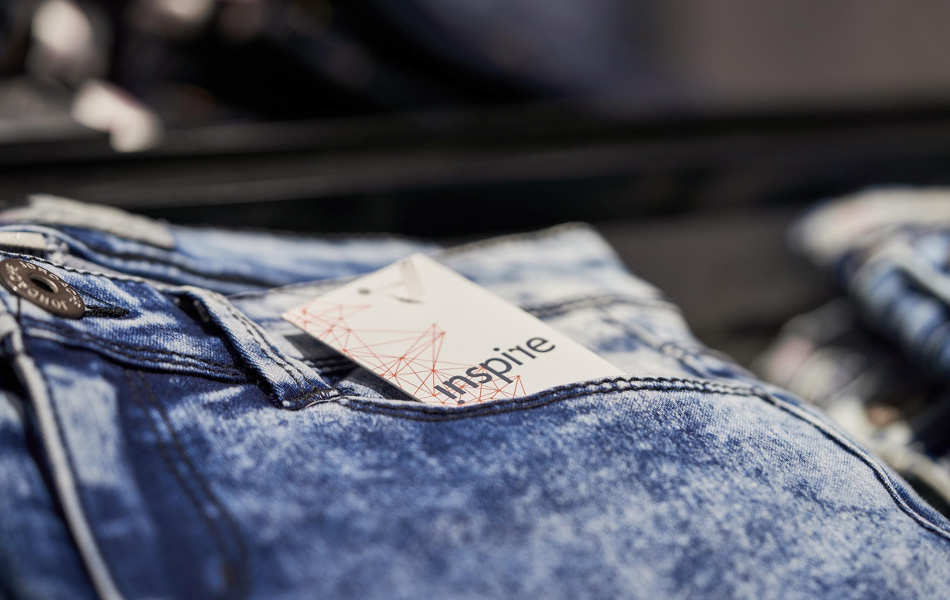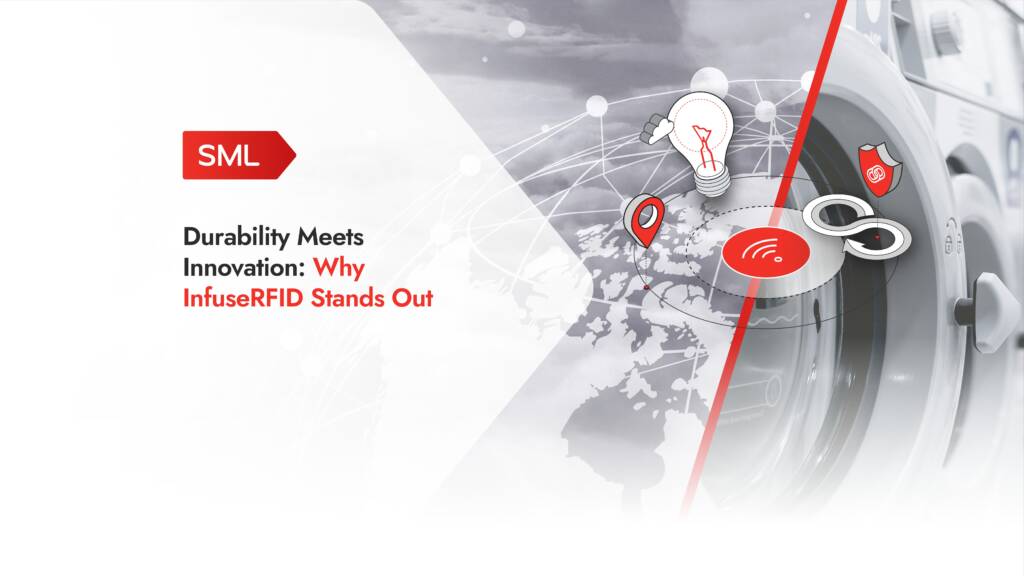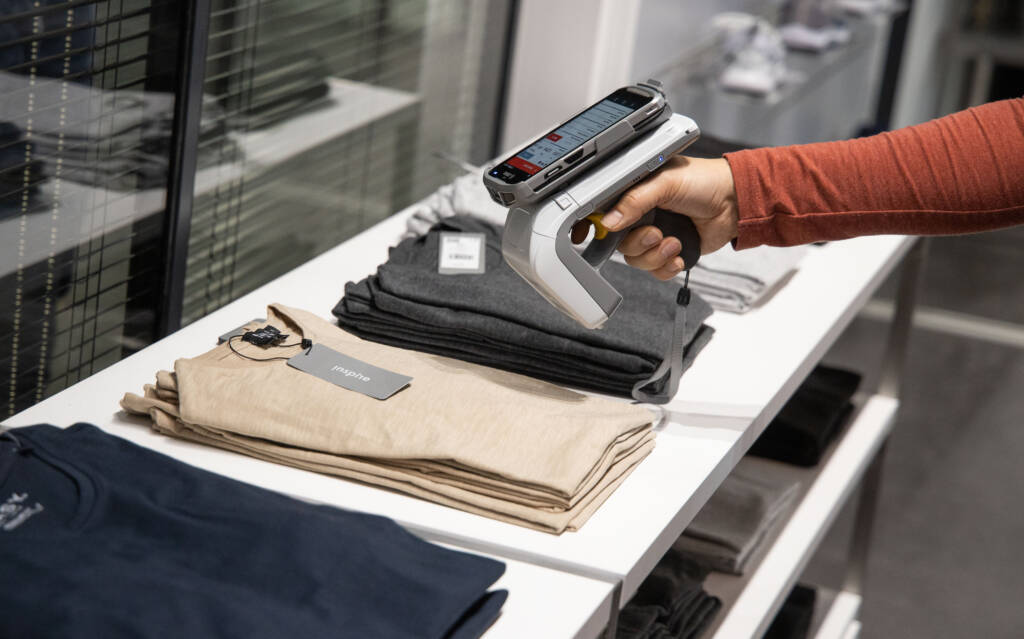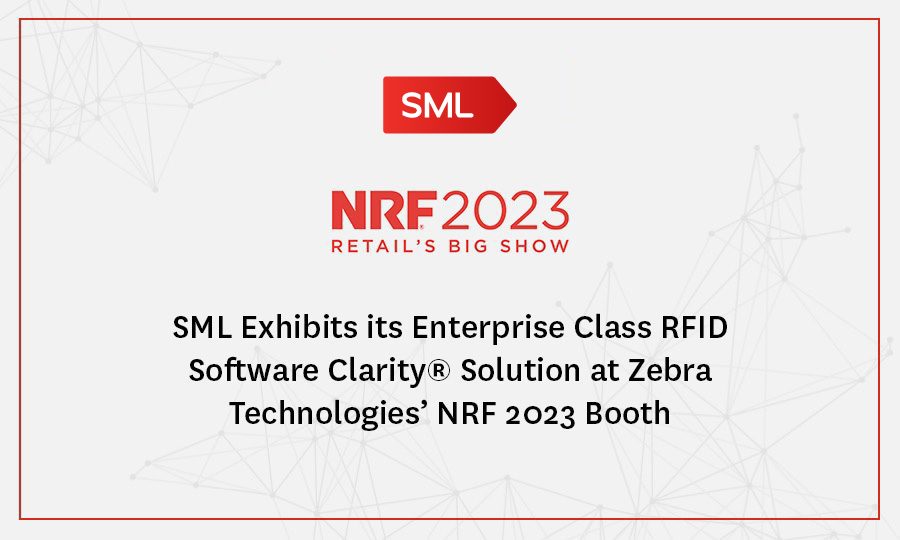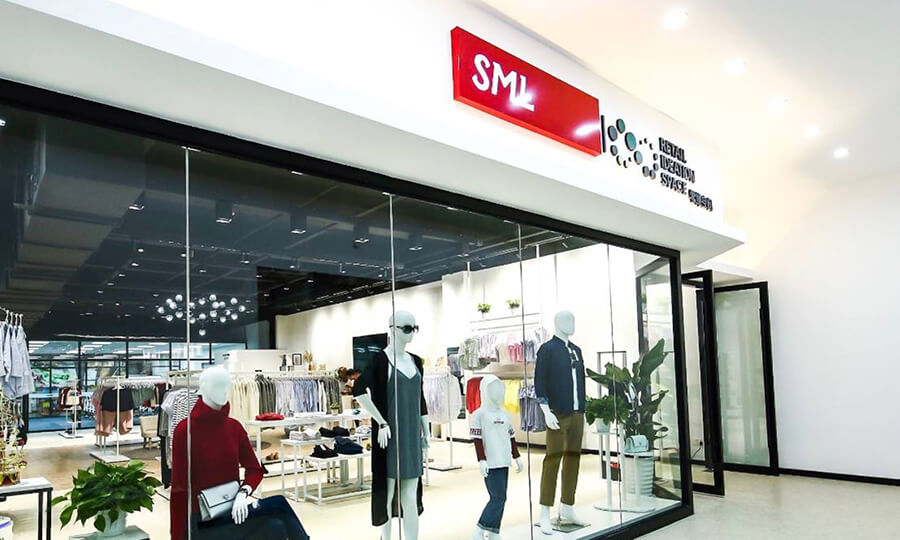RFIDJournal.com’s Best of 2023: 2023 Provided Steady Growth for RFID
BY CLAIRE SWEDBERG
Originally published on RFID Journal
From retailers and brands to quick serve restaurants, the rate of RFID deployments has seen gradual growth
Dec 27, 2023The passive UHF RFID industry has seen a year of growth, especially in retail, driven by rising RFID tag order volumes as brands meet retailer mandates. Logistics companies, restaurants and airlines are among companies moving beyond piloting of the technology to wide scale rollouts.
However, while sales in hardware and software have been higher this year than previous years, growth has been gradual rather than the meteoric rises that some anticipated for 2023.
Here is a look at some of the year’s highlights that led to RFID technology growth.
Retailer Mandates and Rollouts
An expanding set of brands have begun applying RFID tags to goods destined to Walmart, based on mandates. Other retailers are requiring such labels on goods sold in their stores, for inventory visibility, as well as managing returns and reducing shrinkage.
The technology was introduced in some self-checkout environments this year as well. Amazon’s Just Walk Out store, for instance, has begun enabling automated purchasing for customers at its sites in places like sports arenas where consumers are in a hurry as they select and buy goods.
Logistics and Quick Serve Food
Freight forwarding company UPS has continued a nationwide roll-out RFID technology, as part of its smart package initiative, to speed throughput by eliminating the millions of barcode scans that have been required daily. The company has estimated in earnings reports that it can save $500 million of non-operating costs per year.
Additionally, restaurant chain Chipotle continued its roll out of RFID across its supply chain to include 3,200 dining locations.
Standards Updates
Standards group GS1 has developed new RFID encoding guidelines that may further support food as well as healthcare industries to ensure tags are encoded in a universal way, furthering the use of EPC Tag Data Standard (TDS) 2.0. TDS 2.0 includes 12 EPC schemes to simplify encoding and decoding and improve barcode-RFID interoperability GS1 US’s Healthcare and Foodservice workgroups developed the Implementation Guideline for RFID in healthcare, manufacturing and foodservice to provide a roadmap for adoption of RFID in these sectors.
At the industry level, “it’s been exciting to see the continued adoption of RAIN RFID,” says Matt Brand, Impinj’s product management VP. (RAIN is a brand name for UHF RFID technology that meets RAIN Alliance standards).
For Impinj, 2023 brought two product launches: the Impinj M800 series tag chips and the Impinj R720 reader. “Those two launches represent a significant amount of work across the company and in collaboration with our partners,” Brand says.
Over the past year, Impinj partners have introduced devices based on Impinj’s E Family reader chips, providing a wider variety of new form factors and price points for RFID reading devices, he adds.
Growth in Fixed Reader Use
Impinj served a trending transition from manual RFID tag reading (with handheld readers, for instance) to automated tag reads with fixed readers this past year. Brand predicts the automated read functionality will continue to make RFID deployments more data-rich. He adds that technological advancements in readability and deployability, such as ease of use and tuning for readers has been notable over the past 12 months.
And when it comes to software, data management made strides in 2023—with a movement toward edge-processing of data where tags are read.
Brand says cloud services for reader devices are being used for product authentication, item provenance, regulatory track and trace compliance, making data management more seamless.
“And as other technologies develop, the data produced by RAIN systems become increasingly more valuable,” he said.
Embedding RFID tags
Another trend that took place over the past year has been a greater volume of embedded RFID tag, notably in clothing. Brand comments that embedded tagging will help protect items, people, and the environment by verifying authenticity, enabling tag reading to be turned on and off, and facilitating responsible product end-of-life.
The RFID industry has been serving an expanded effort around recycling of goods like textiles and tires, as well, with legislation looming (such as Digital Product Passport). In the case of textiles, regulations ahead are creating pressure for automatically and accurately identifying garment materials for sorting and recycling, Branda points out.
Reducing shrinkage
Demand for RFID came from some new sources over the past year as well—including in response to an increase in shoplifting in some parts of the world.
“Shoplifting appears to be on the rise. We’ve recently seen large retailers such as Target claim that their shrink costs could be as high as $500 million for 2023,” says Teamwork Commerce’s senior mobile software architect Oleksandr Martyshko.
As a result, retailers have been looking to RFID to help combat shrinkage in general. Installing RFID readers at all exit points of stores enables staff to intercept thefts and identify big-ticket items that may be targeted more frequently.
“Amid the ongoing debate about self-checkout barriers, turning to RFID technology is a promising way forward for retailers. RFID’s potential to reduce shrinkage can be a game-changer in the battle against theft,” says Martyshko. “RFID enables retailers to monitor and track inventory with greater efficiency in-store.”
BOPIS Demands Continued
Solutions and technology provider SML Group has found retailer demand for RFID growing with shopper behavior as well.
“In 2023, we saw a significant increase in the number of retailers and brands that were looking to leverage item-level RFID in Buy Online, Pick Up In-Store (BOPIS) processes across their store operations,” says Dean Frew, CTO and RFID solutions SVP for SML Group.
SML saw further adoption of its Clarity solutions to serve this retail trend, but Frew adds that “more importantly, we helped our customers to achieve additional tangible ROIs in their deployments. One of the clearest trends we have seen is the intelligent use of item-level RFID, and the role it is playing in helping retailers and brands evolving the eCommerce execution.”
Many Millions of Tags
This year SML’s Clarity solution has been reading and processing over 500 million tags every week across our 40-plus customers, enabling us to have a unique perspective.
There are challenges, however, based on the product quality as they are deployed in such large volume. Many suppliers have not signed up with high quality tag providers, Frew says, and have not put technology in place to check encoding quality before shipments are released down-stream to retailers.
“These errors are showing up in distribution centers and sales floors, where it is too late and not practical to address,” he says.
Returns and Sustainability
The rate of product returns has been surging in recent years, which has made RFID a more important solution for visibility as goods are shipped both to and from customers, says Manolo Reguart, RIELEC–Clustag’s strategy and business development director
“With returns causing a number of challenges for retailers, the ability to speed up the process in the reverse supply chain is essential in today’s environment. This cannot be achieved effectively without RFID, and brands are now beginning to recognize that,” Reguart says.
Clustag is witnessing an increase in interest from manufacturers for verification solutions for shipments as well. That has meant an increase in demand to encode items on-site within factories, says Reguart.
Tempered Expectations
While RFID technology has grown in 2023, the numbers may not meet what had been very optimist expectations by some industry members.
“For Tageos, the highlight was the way we achieved our growth,” says Karin Fabri, Tageos’ chief marketing officer.
Fabri says growth was above industry average but also smooth and balanced, adding “technological development has been more evolutionary than revolutionary—towards better performance, greater reliability, and, most importantly, greater sustainability, all without increasing prices.”
The European-based RFID company found the drivers to be demand for stable and efficient supply chains in transportation and logistics. Additionally, Fabri points to the desire for secure product authentication in retail and branded goods, and the quest for greater patient safety and efficiency in healthcare were fueling greater interest in RFID.
Increasing global capacity
Tageos has roughly tripled its production over the past year—up to 7 billion inlays per year in 2023 with its expansion in Montpellier, France, and a new production site in Guangzhou, China. Another facility in North Carolina is coming next, bringing the company capacity for about eight billion RFID inlays and tags in 2024.
This year, Tageos has introduced several products such as the ultra-small and ARC-approved EOS-261 family of retail-specific products.
“We have been pleasantly surprised by the positive reception we have received for some unusual antenna designs,” said Fabri, adding that includes fitting into tags that can mimic a customer’s logo or specific use case, such as our EOS-350 U9 Aviation Baggage Tagging Inlay, whose antenna resembles an airplane.
Over the past year, Impinj’s Brand comments, RFID technology has become an imperative for more companies in retail, supply chain and logistics, aviation and automotive, among other verticals.
Key Takeaways:
- 2023 brought a steady growth of RFID adoption led by retailers with mandates for suppliers, and deployments of self-checkout and shrink-reduction systems.
- Companies have been focusing on use of RFID to bring visibility into recycling of goods such as clothing and tires, for circular economies.

